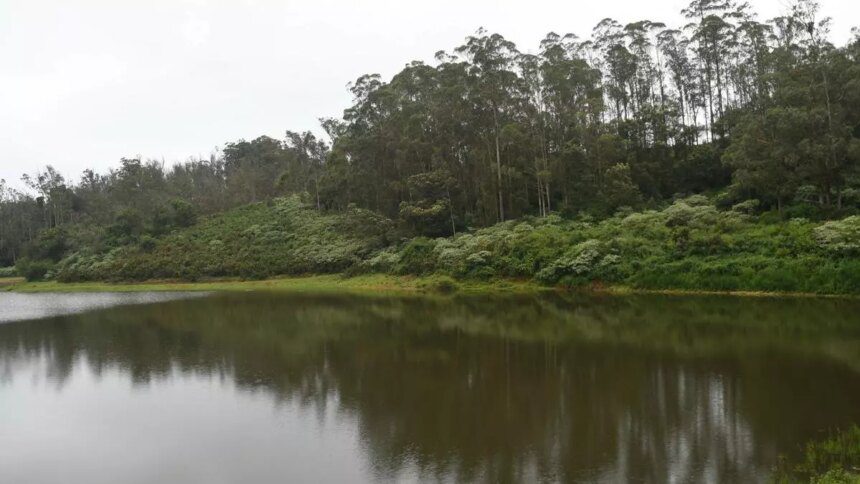The declining water storage in India’s major reservoirs is a concerning issue that has been ongoing for several weeks. According to data from the Central Water Commission, the water levels in all regions, except the central region, have dropped below 70% of the capacity. This is primarily due to below-normal post-monsoon rainfall, with over 60% of the country experiencing deficient rainfall.
The situation is further exacerbated by the fact that 85% of the districts in India have received deficient or no rainfall between January 1 and 16, as per data from the India Meteorological Department. However, the IMD’s forecast of above-normal rainfall in January may bring some relief in the next fortnight.
The northern region, particularly Punjab, is facing the lowest water storage levels in the country, with only 21% of the capacity filled. In contrast, the central region is the only region with above 70% water storage, with Madhya Pradesh leading the way at 76%.
In the southern region, Tamil Nadu has the best water storage level at 89%, while other states have levels above 70%. This indicates some variation in water storage levels across different regions of the country.
Overall, the declining water storage in major reservoirs is a critical issue that could have implications for agriculture and water supply in the future. It is essential for policymakers and stakeholders to take proactive measures to conserve water resources and ensure sustainable use in the face of changing rainfall patterns and growing water demand.










